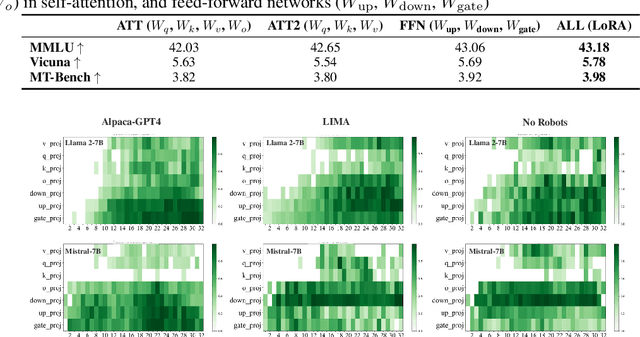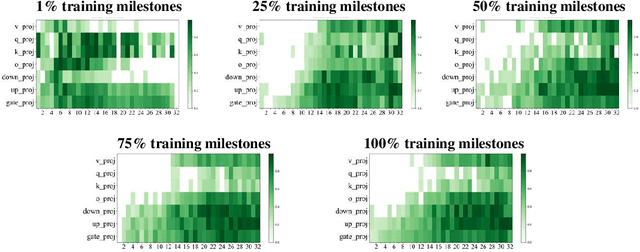Understanding Layer Significance in LLM Alignment
Paper and Code
Oct 23, 2024



Aligning large language models (LLMs) through fine-tuning is essential for tailoring them to specific applications. Therefore, understanding what LLMs learn during the alignment process is crucial. Recent studies suggest that alignment primarily adjusts a model's presentation style rather than its foundational knowledge, indicating that only certain components of the model are significantly impacted. To delve deeper into LLM alignment, we propose to identify which layers within LLMs are most critical to the alignment process, thereby uncovering how alignment influences model behavior at a granular level. We propose a novel approach to identify the important layers for LLM alignment (ILA). It involves learning a binary mask for each incremental weight matrix in the LoRA algorithm, indicating the significance of each layer. ILA consistently identifies important layers across various alignment datasets, with nearly 90% overlap even with substantial dataset differences, highlighting fundamental patterns in LLM alignment. Experimental results indicate that freezing non-essential layers improves overall model performance, while selectively tuning the most critical layers significantly enhances fine-tuning efficiency with minimal performance loss.
 Add to Chrome
Add to Chrome Add to Firefox
Add to Firefox Add to Edge
Add to Edge